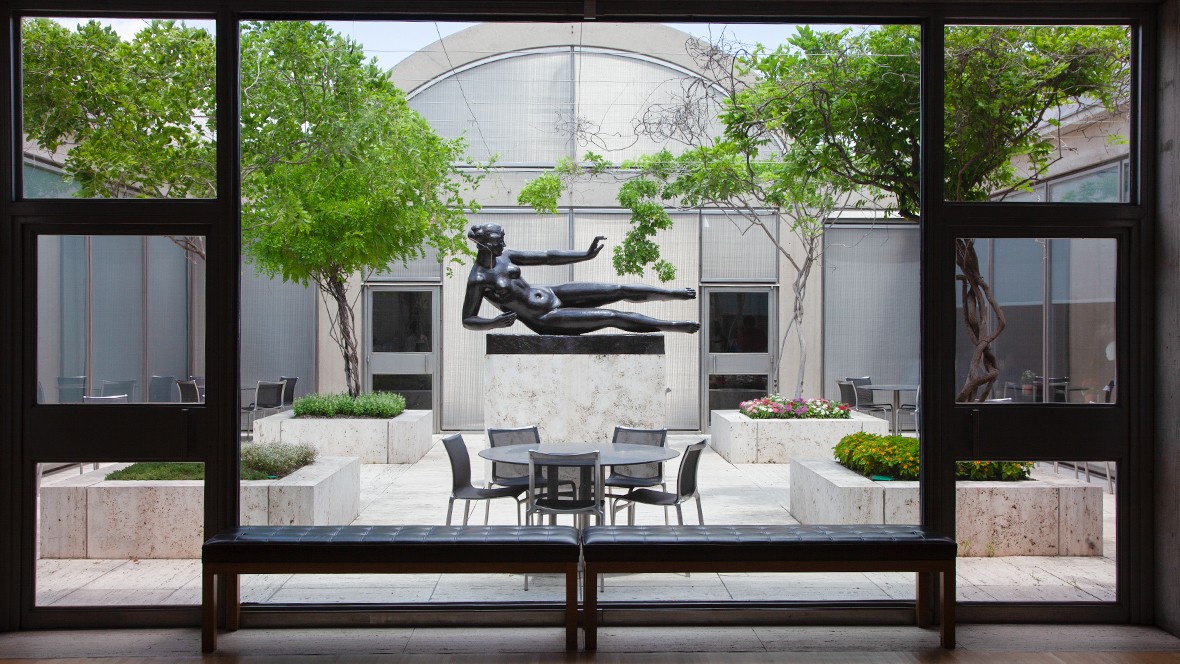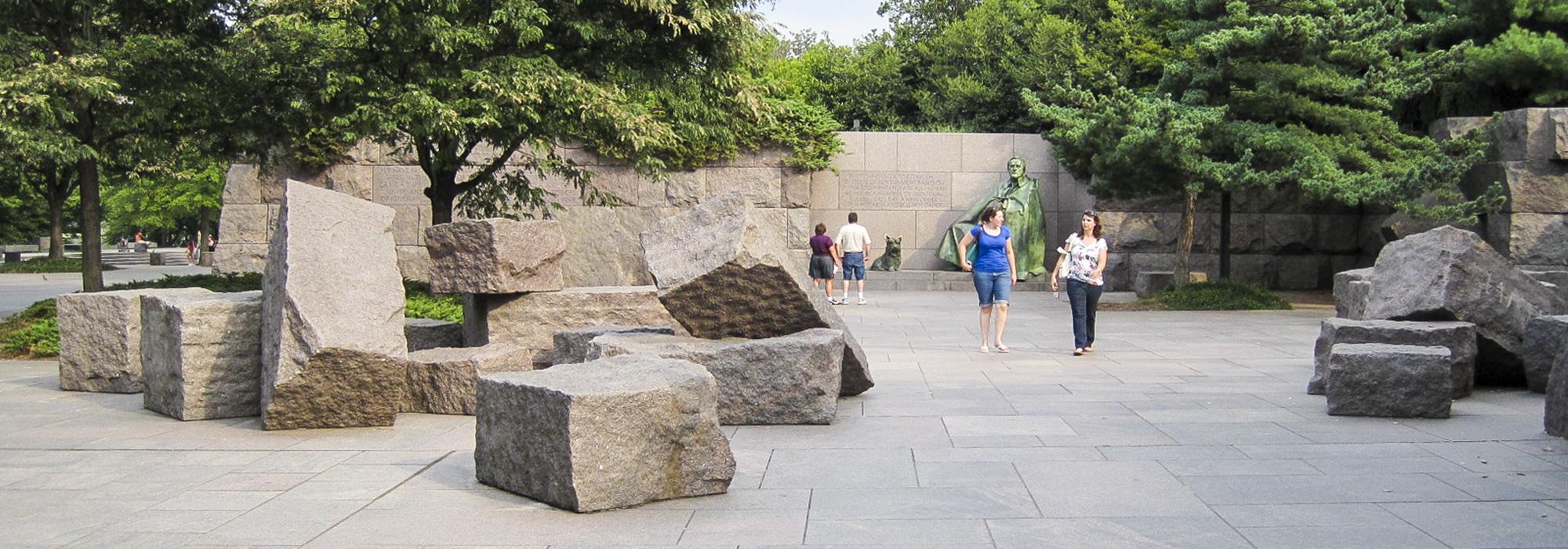Oral Histories in the Palm of Your Hand
Imagine standing at the Franklin Delano Roosevelt Memorial in Washington, D.C., watching on your handheld device as Lawrence Halprin, the site’s landscape architect, discusses his design of the memorial on a YouTube video. New advances are making the Halprin oral history—and all of TCLF’s Pioneers Oral Histories—easily accessible to smartphones and similar devices, and shareable on Facebook, Twitter, Pinterest, and other forms of social media.

Since TCLF’s first oral history featuring Carol Johnson went live in 2006, this award-winning program has become an important source for dialogues about the design practice. Utilized by students and teachers, enthusiasts and professionals, tourists and others, the series provides a rich and diverse trove of material. The series of eleven documentaries about practitioners in the U.S., Canada and Israel, each composed of 24-30 two-to-four minute segments, comprises first-person accounts of the landscape architects’ lives and work, their philosophies on design, reflections on the profession, and some very entertaining anecdotes (check out Bryant Park as told by Laurie Olin).
Formerly posted to the Web on now-outmoded Flash media, TCLF is reworking all of the oral histories and posting each individual segment on YouTube, a process called “unbundling”. This initiative has three benefits: By being hosted on YouTube, the Oral Histories are now viewable on all mobile devices, a significant improvement to the former technology that was not viewable on present-day operating systems; second, thanks to the flexibility of YouTube, we are parsing the videos into clips that are searchable by theme, which increases their functionality for those using the videos for research; last, because each clip now includes metadata—an invaluable tool that allows people to discover the videos through keywords entered into any search engine—the series is much more accessible to the general public. This initiative, launched in fall 2014, will be completed by the end of January 2015 with the “unbundling” of the final two Oral Histories, featuring Stuart Dawson and Edward Daugherty. The project was made possible with critical support from a $40,000 National Endowment for the Arts (NEA), Art Works grant awarded in 2014.

Funding from the same NEA grant will also be used to shoot and edit an oral history with landscape architect Harriet Pattison, whose career spans more than 50 years, and includes collaborations with notable architects Robert Venturi and Louis Kahn. Among Pattison’s many noteworthy projects are the Kimbell Art Museum in Fort Worth, Texas and the recently completed Franklin Delano Roosevelt Memorial in Four Freedoms Park on Roosevelt Island, New York.
Award-winning documentarian Gina Angelone of SA KWA Pictures will complete videotaping of Pattison this year. TCLF will begin developing video content in-house with the addition of new TCLF staff member Barrett Doherty, who was the Foundation’s inaugural SWA Group Cultural Landscape Fellow in 2014 and has extensive experience as a commercial photographer and videographer. His credits include award-winning images for James Corner Field Operations and Andropogon Associates; and the American Society of Landscape Architects’ D.I.R.T. blog, PennDesign, and Landezine have featured his video work. Doherty, will also begin shooting the Bill Johnson Oral History in June 2015, a project made possible through the generosity of Bob Chipman and Sandy Fischer. TCLF will also edit the Nicholas Quennell Oral History in preparation for a fall 2015 launch. Working with talented filmmakers like Angelone, and with the in-house capabilities of Doherty, TCLF will be able to increase its range of video production beyond the Pioneers Oral Histories and offer new ways for people to explore cultural landscapes.



